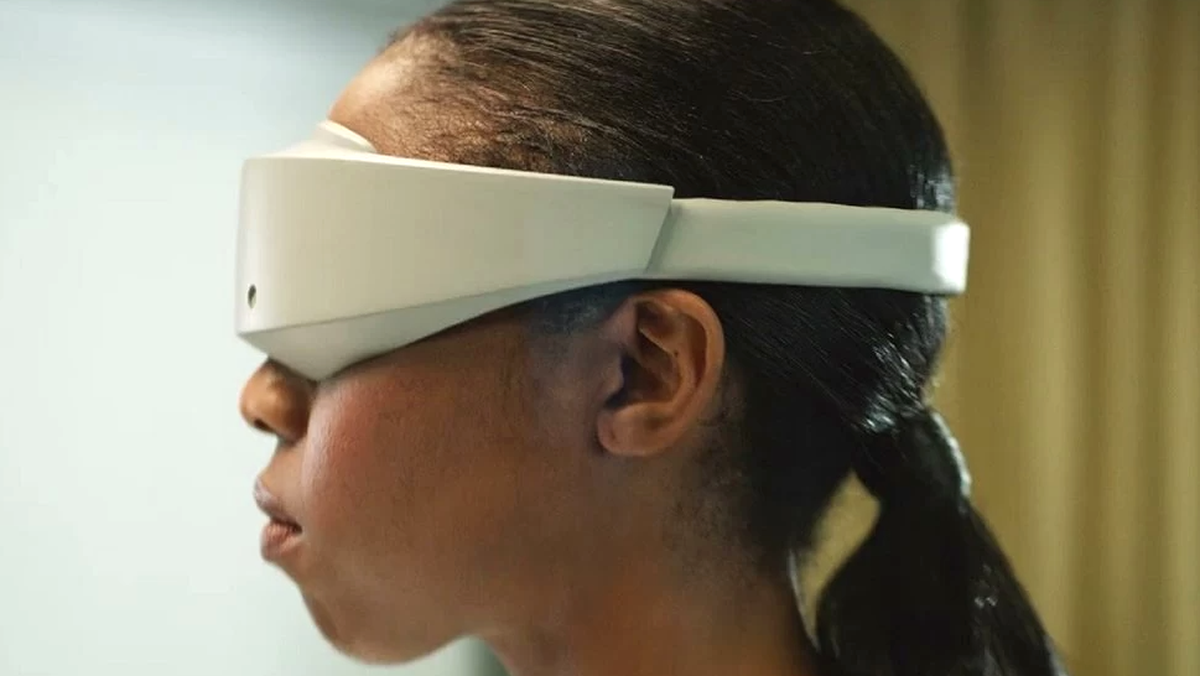Facebook founder Mark Zuckerberg is in a hurry.
Nearby awaits the metaverse, a virtual world that will make Facebook relevant again – and secure the platform’s future.
Lots of devices are needed to display this wonderful new digital world. This is why for several years now Meta/Facebook has been investing heavily in developing and selling virtual reality glasses like the Meta Quest 2.
However, the new VR equipment will provide a more realistic experience. Therefore, Zuckerberg is willing to spend a lot of time and resources on the new virtual reality technology.
View virtual reality models
How important the investment is to Zuckerberg was made clear during a digital press conference on Thursday last week.
In about half an hour, Zuckerberg told what the research division Reality Labs Research (RL Research) was working on. With him were several experts from Display Systems Research (DSR), part of RL Research.
They are working on making virtual reality glasses lighter, and at the same time they are making the virtual worlds that Meta builds, More realistic Using technologies such as 3D optics.
Does this sound like science fiction?
Mark Zuckerberg aims to make virtual reality worlds more realistic. It does not necessarily require realistic graphics.
Instead, Meta will solve some of the basic problems in VR:
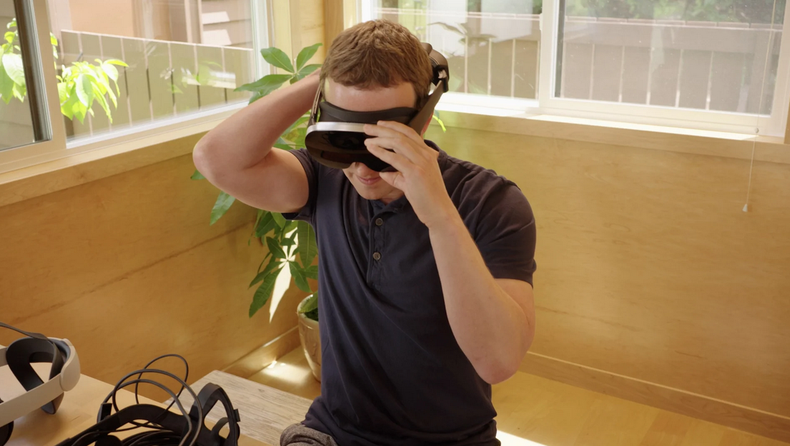
- Today’s VR glasses have a lower resolution than computers, televisions, and mobile phones. By achieving an accuracy consistent with 20/20 vision – a perfect human vision – users should be able to wear glasses over time – without feeling nauseous. This can mean a pixel density of 120 PDD (the term “pixels per degree” is used in VR rather than “pixels per inch”, ppi). Quest 2, the latest VR helmet from Meta, has a PPD 21.
The technology used in VR helmets often has a wide field of view. Spreads pixels over a large area – which reduces resolution. Meta will try to solve this problem by reducing the field of view and using a new hybrid lens. Experiments with a prototype called Butterscotch show that the technology works, but the test unit developed by Meta has become too heavy.
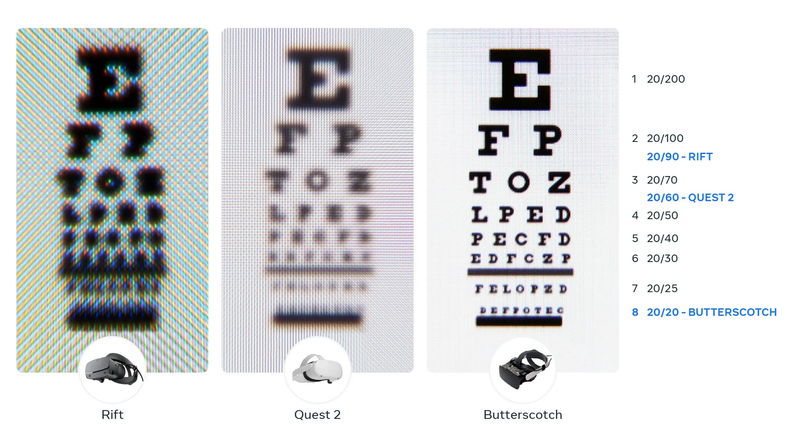
- HDR (High Dynamic Range) is a technology we are familiar with in the TV and mobile industry. Meta will build HDR technology into VR devices of the future for better colours, contrast and brightness.
- Depth of field must be optimized so that the VR glasses can determine where the user is looking – and then seamlessly adjust focus to that point in the field of view.
- New technology will address optical distortions. Current VR glasses suffer from aberrations in perspective and color due to the optics used. Using 3D technology from the TV industry along with lens simulation, Meta has been able to create simulation software that can recreate various visual disturbances. Based on this data, Meta will develop algorithms that can solve problems.
None of this will be easy. But the Meta still has deep pockets, and Zuckerberg seems determined to build VR worlds: “visual experiences” that are nearly indistinguishable from reality.
Holocake 2 is the lightest and the thinnest
At the press conference, Zuckerberg presented a number of different prototypes of the new virtual reality glasses that Meta is working on. Some of them, such as Half Dome 2 and 3, have already been mentioned in the press.
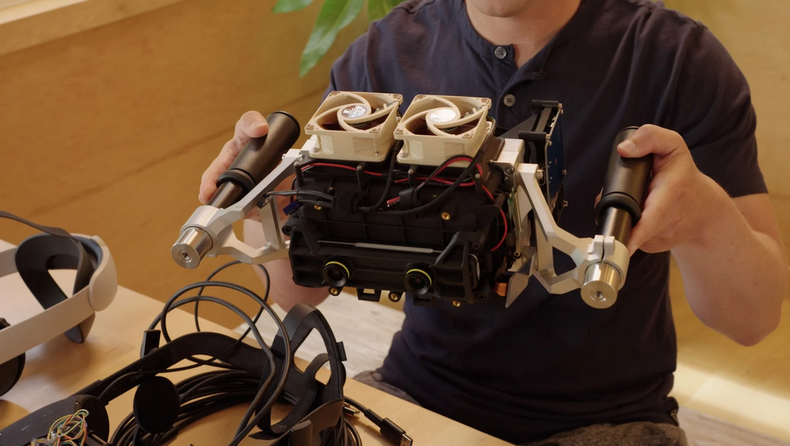
Most noticeable were two models called Starburst and Holocake 2. Currently the first looks more like something you’d find under the hood of an electric car. The Starburst helmet is big and bulky – but here Reality Labs Research has managed to do something amazing.
It is actually one of the brightest HDR screens ever. According to Meta, the screen reaches 20,000 nits. It can be compared to a TV prototype that Sony showed in 2018 – this model reached 10,000 nits.
Based on holographic technology
The award still goes to Holocake 2, the thinnest and lightest VR console Meta has made to date. Today’s virtual reality devices are pretty heavy on the front, with a rectangular front that houses the screen. However, a lot of the space is made up of air between the OLED panels and other optics.
By using polarization-based optics, the Meta will replace the simple and often thick refractive lens in glass or plastic found in many virtual reality devices.
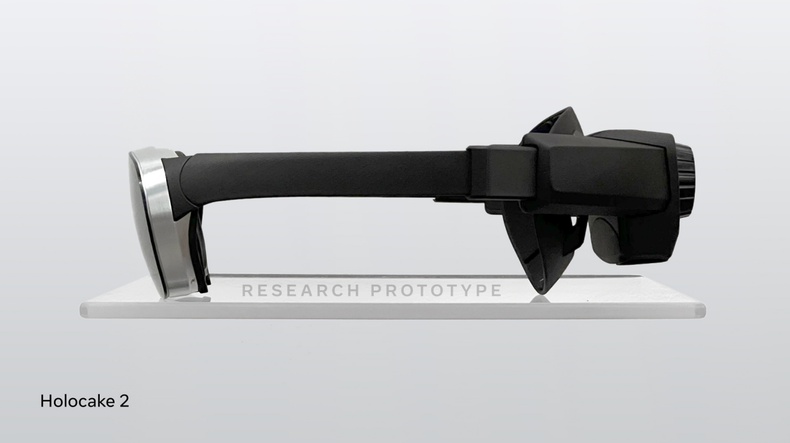
HIGH PERFORMANCE – LIGHT WEIGHT
To reduce the thickness of the lens itself, the Meta should instead use thin 3D optics. It is well known that a hologram is a three-dimensional image that is stored in a light-sensitive material.
The image becomes visible if you illuminate the hologram with a laser. Instead of having an OLED screen, where each pixel is its own light source, the Meta’s 3D display has to be illuminated with laser diodes.
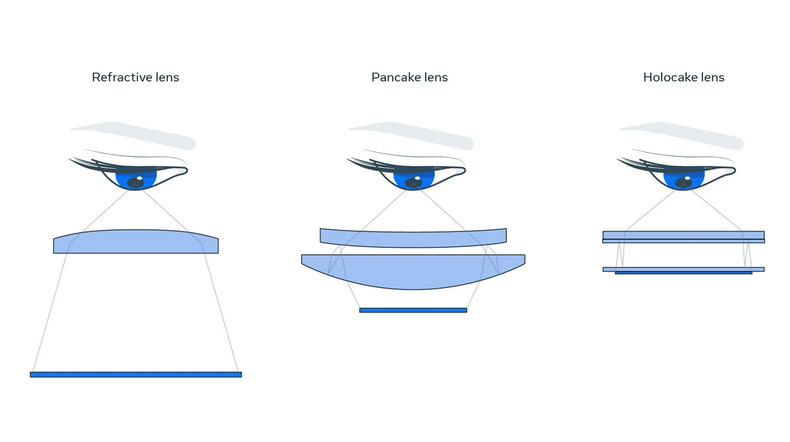
What’s impressive about the Holocake 2 prototype is that it’s light and flexible – yet able to support VR titles that today require a connection to a PC.
New ultra-light virtual reality prototype
The idea is that all the technologies from the prototypes will be assembled into the virtual reality glasses of the future, “Mirror Lake”.
It is currently only available as a graphic. Mirror Lake looks more than anything like a pair of sunglasses.

Displays “virtual eyes”
In addition to the thin screen from Holocake 2, HDR from Starburst and resolution from Butterscotch, the prototype will also include new solutions. An example is the screens in the foreground that show the user’s eyes. All to reduce the barrier between reality and the virtual world.
But laser diodes and screen eyes don’t exactly make the price lower.
It remains to be seen exactly how long it may take before we have a Meta consumer product of this caliber. There are also many unanswered (technical) questions, including how to increase production.
Virtual Reality bet splits
Mark Zuckerberg Lover Meta is going to release really expensive VR glasses this year.
This does not mean that current virtual reality technology, such as Quest, should be scrapped. Zuckerberg said that Meta’s plan is instead to offer two different product lines:
Partially a simpler, cheaper and more consumer-friendly variant – such as the Quest.
A more luxurious and partially advanced model with the company’s latest virtual reality technology, aimed at professional users.
One company leading the development of virtual reality technology
One thing is very clear after Zuckerberg’s press conference: the development of virtual reality is in many ways driven by one company today – and that’s meta.
Other competitors, such as Meta-owned Oculus VR, have been acquired, left the consumer market after experiencing financial problems (such as Magic Leap) or simply discontinued their efforts (such as Microsoft).
“eaten by Tiktok”
Although Mark Zuckerberg and Meta lead, problems pile up on other fronts. Recent numbers show that competitor Tiktok is growing faster and faster “Facebook is eating from the inside”as Reuters news agency wrote in April.
Zuckerberg’s vision of virtual reality where we must all interact and network is a fascinating one. The question is whether Facebook and Instagram can afford Tiktok until “Mirror Lake” VR devices come to market.
The analysis was first published in new technology.

“Explorer. Unapologetic entrepreneur. Alcohol fanatic. Certified writer. Wannabe tv evangelist. Twitter fanatic. Student. Web scholar. Travel buff.”

